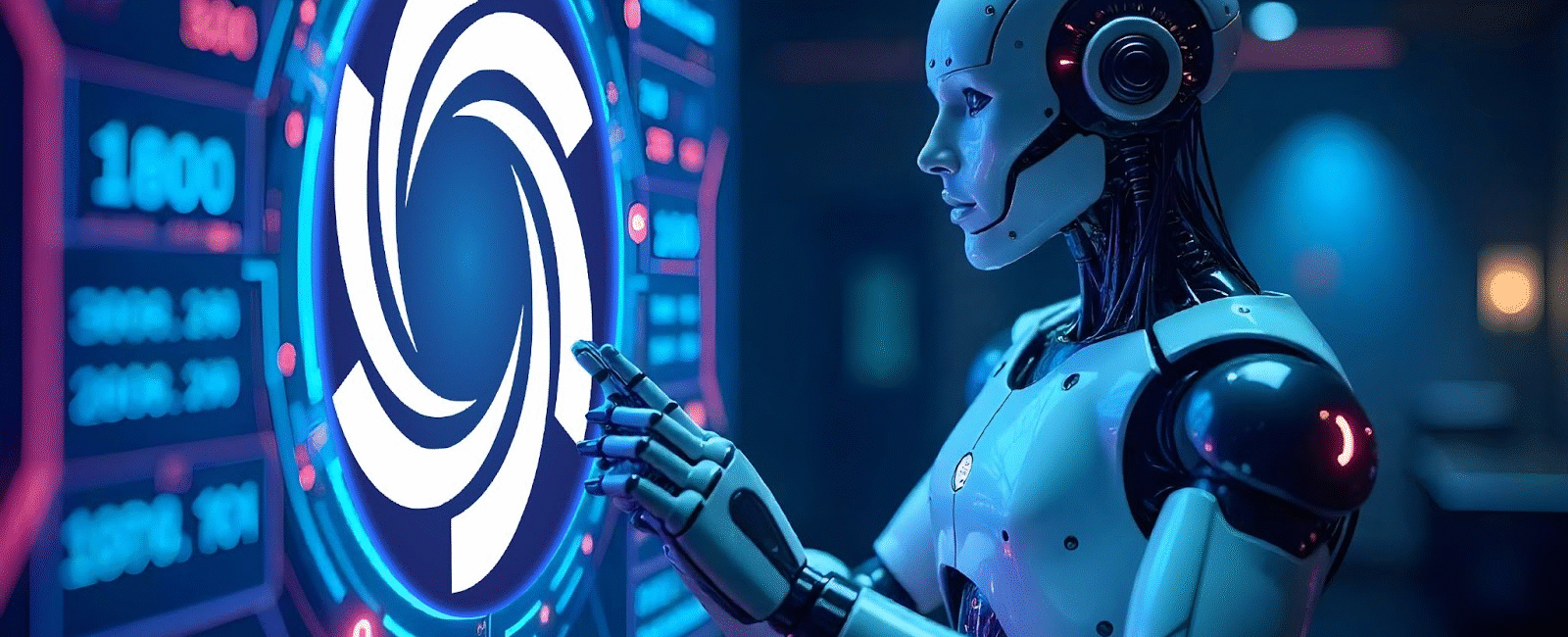
The convergence of artificial intelligence and blockchain is no longer theoretical—it’s actively shaping the future of decentralized systems. In 2025, best AI crypto doesn’t just mean popular tokens. It means the projects that are leveraging real AI innovation to bring functional, scalable, and intelligent use cases to Web3.
From autonomous agents to AI-powered governance and decentralized machine learning infrastructure, the space is evolving fast. But what actually defines the “best” in this new wave of hybrid technology? It’s not just hype, and it’s certainly not about celebrity endorsements.
Let’s explore why AI-driven blockchain projects are gaining traction, how they work under the hood, and what signals to look for when trying to identify truly valuable initiatives in the AI crypto space.
Why It Matters: AI Is Redefining What Crypto Can Do
At its core, blockchain is about decentralization, transparency, and trust. AI, on the other hand, focuses on automation, pattern recognition, and decision-making at scale. Put these two together and you unlock a new category of capabilities that Web3 couldn’t offer before.
Here’s why the best AI crypto projects matter in 2025:
-
Smarter Protocols: AI allows protocols to dynamically adapt—adjusting yield rates, optimizing liquidity, or even curating content autonomously.
-
Decentralized Intelligence: Instead of central AI models controlled by big tech, decentralized networks can distribute training, inference, and access across users.
-
Data Ownership: AI requires data—and crypto ensures individuals can retain control over how theirs is used, monetized, or shared.
-
Automation at Scale: From AI-powered smart contracts to trading bots, automation is moving beyond simple scripts to full AI agents executing tasks on-chain.
In short, AI is making crypto smarter. And crypto is making AI more accessible, transparent, and secure.
How It Works: AI and Blockchain in Sync
The best AI crypto projects aren’t simply “AI-themed.” They integrate AI functionality as a core part of their ecosystem. Here’s how they do it:
Decentralized Compute Infrastructure
AI requires computing power—lots of it. Instead of relying on centralized cloud platforms, new blockchain networks allow participants to contribute GPU or CPU power and earn rewards. These systems create marketplaces for compute resources that support AI training and inference in a peer-to-peer way.
On-Chain Machine Learning Models
AI models are now being deployed directly to blockchains or supported via Layer 2 systems. These models can be called through smart contracts, enabling AI-powered functions like recommendation systems, autonomous bots, or fraud detection to live directly within dApps.
Incentivized Data Sharing
Training AI models requires large, diverse datasets. Blockchain enables individuals to contribute data sets anonymously or selectively, earning tokens for quality contributions. This results in more ethical, community-sourced machine learning.
AI-Powered Agents
Some of the most forward-thinking projects are building decentralized autonomous agents—AI bots that interact with dApps, DAOs, or financial protocols. These agents can analyze markets, execute trades, or participate in governance decisions in real time.
Top Use Cases Shaping the Best AI Crypto Projects
Without naming specific coins, we can look at the categories that the best AI crypto projects tend to focus on:
1. Decentralized AI Marketplaces
These platforms allow developers to publish AI models, tools, and datasets on-chain. Users can buy, sell, or license these models in a transparent way, helping democratize AI access.
2. Intelligent DAOs
AI is being used to enhance the decision-making process within DAOs, by analyzing sentiment, surfacing insights from proposals, or even automating treasury management tasks based on pre-defined goals.
3. Real-Time Financial AI
In the DeFi world, AI is now being used for smarter yield strategies, auto-hedging, and on-chain risk assessments. These models adapt to fast-changing markets—something static smart contracts struggle with.
4. AI x Identity
Projects are emerging that use AI to build more accurate decentralized identity systems—verifying users without compromising privacy, or creating biometric or behavior-based credentials.
Opportunities for Builders and Investors
As the space matures, both developers and early investors have a window to help shape its trajectory.
-
For Developers: Open infrastructure and protocols enable you to plug in your AI tools, models, or datasets. You don’t need to build from scratch—you just need to build better.
-
For Users: Many of the best AI crypto projects rely on active communities for governance, testing, and feedback. Joining early gives you a real stake.
-
For Investors: The upside in AI crypto lies in long-term adoption. Identifying projects that go beyond marketing and actually solve hard technical problems is key.
AI and crypto are complex fields individually. Together, they require an extra layer of diligence—but also offer far greater potential.
Risks and What to Watch For
This space is exciting, but it isn’t without risk. Here’s what you should keep an eye on:
-
False AI Claims: Some projects use “AI” as a buzzword without implementing any real machine learning. Check the tech, not just the tagline.
-
Smart Contract Risk: AI agents interacting with smart contracts could create unexpected outcomes. Code audits are essential.
-
Data Privacy: Be cautious with projects that don’t have clear data usage policies—especially if they collect sensitive inputs.
-
Model Integrity: Decentralized AI models may be tampered with if not secured correctly. Reputation systems or consensus mechanisms help mitigate this.
Doing your own research is still the golden rule.
Conclusion
The term “best AI crypto” doesn’t just refer to trending tokens—it’s about the deeper alignment between two of the most powerful technologies shaping the future. Projects that successfully merge the intelligence of AI with the openness of blockchain are rewriting the rules of what’s possible in Web3.
Whether it’s powering autonomous agents, building decentralized compute networks, or transforming how data is owned and used, these projects represent something bigger than speculation. They point to a more intelligent, inclusive, and resilient digital future.
If you’re looking to invest time, capital, or effort into the next generation of Web3, the AI-powered corner of the space is one you can’t afford to ignore.

